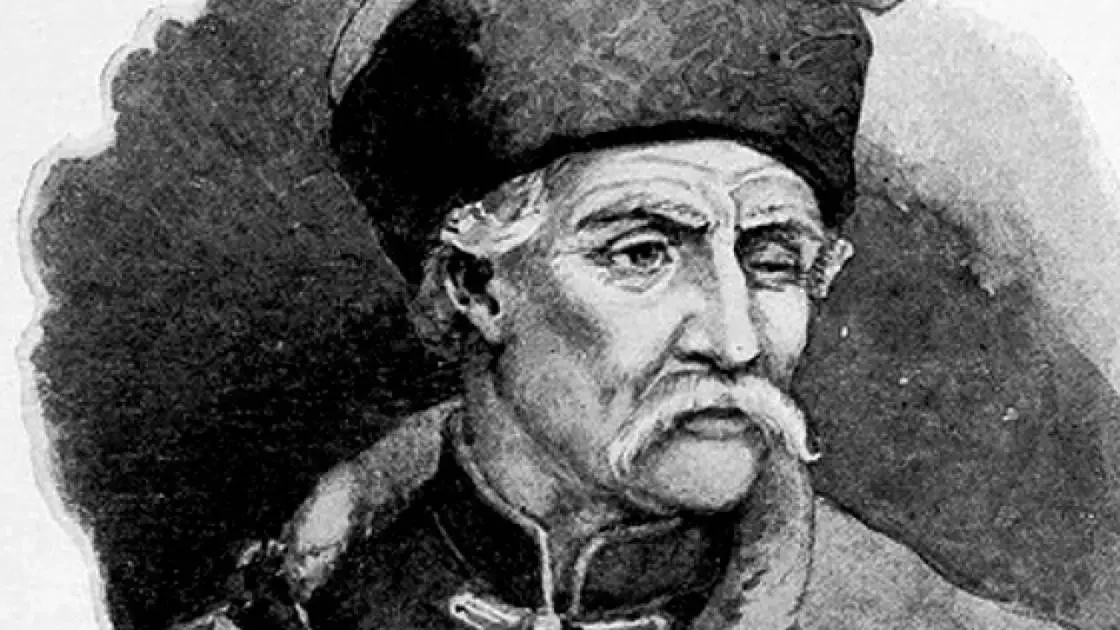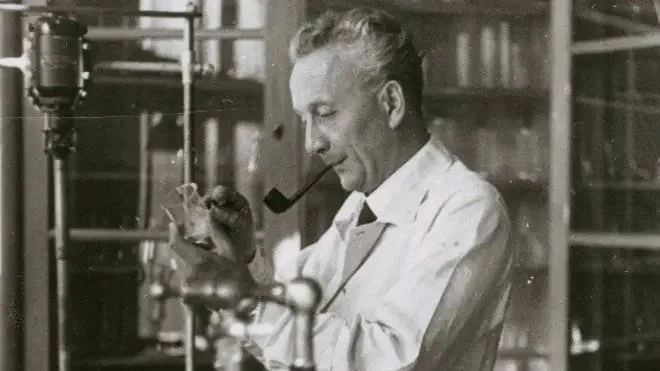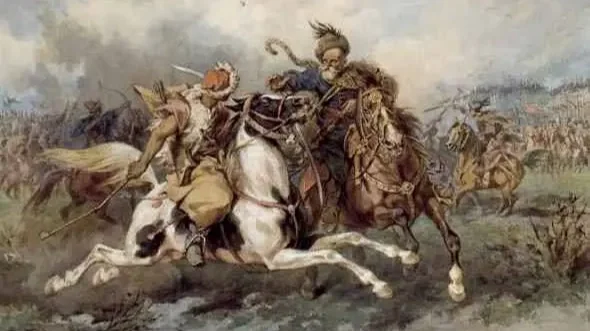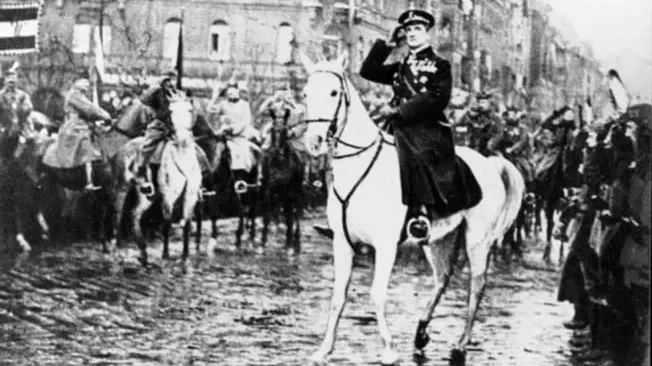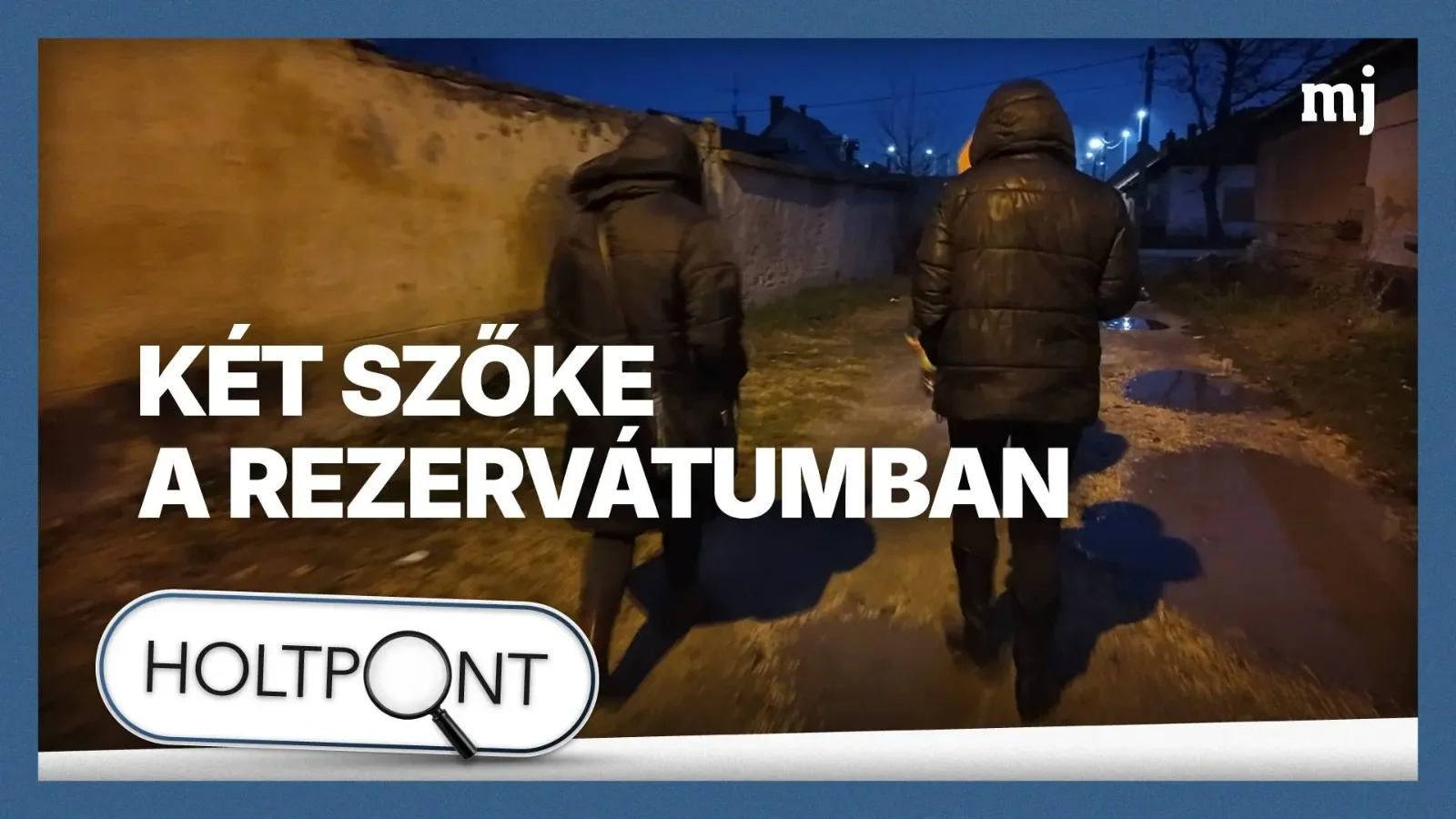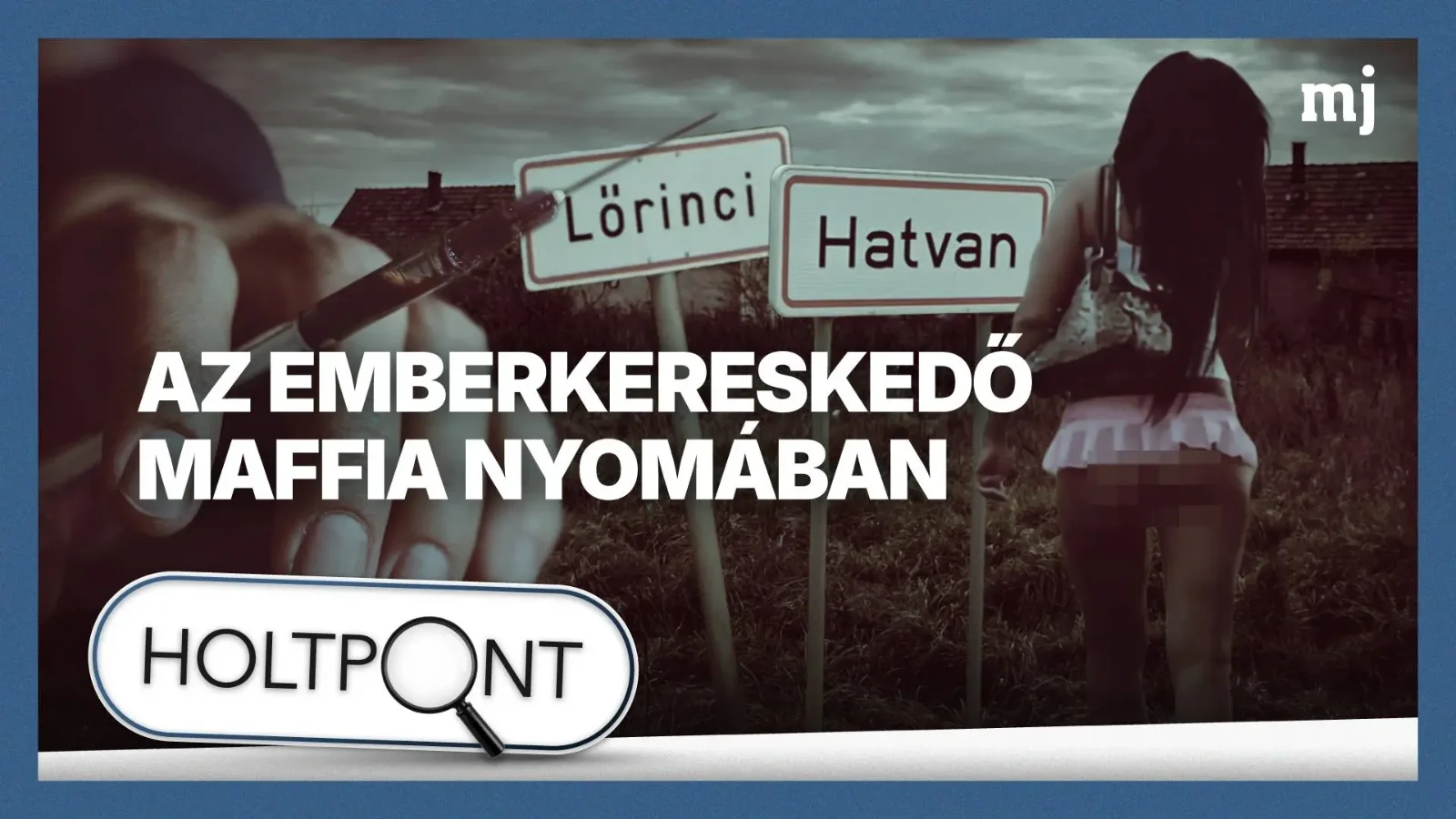Mohács 1526: Hungary’s Heroic Stand and Enduring Sacrifice
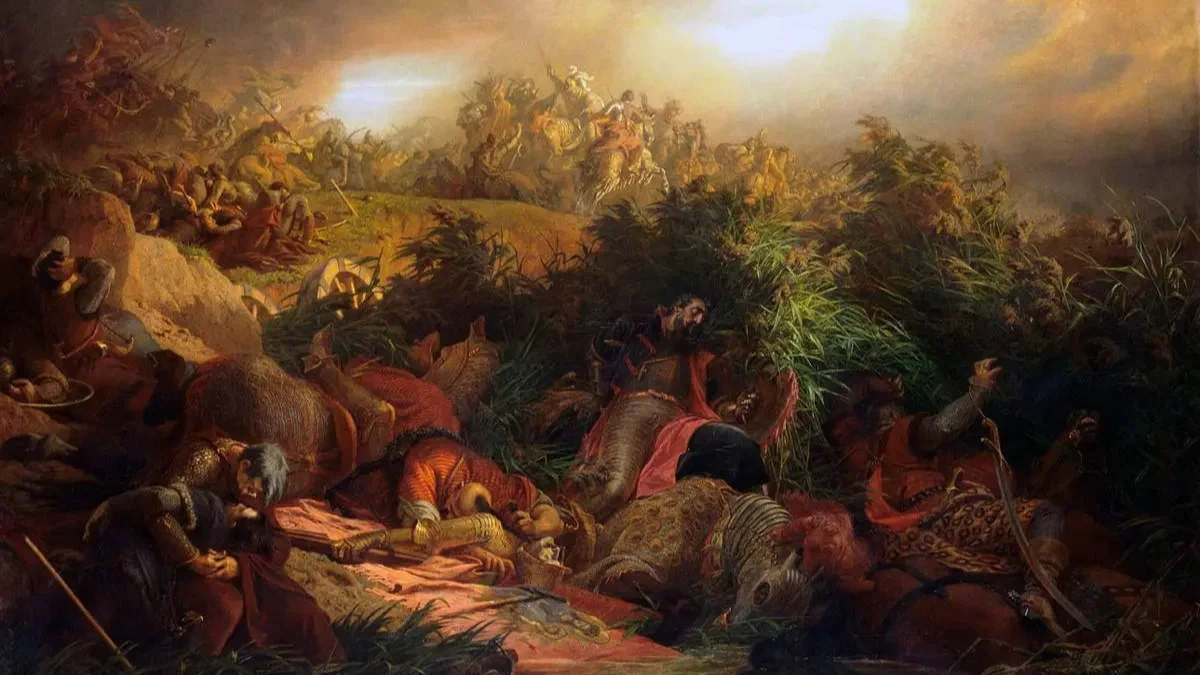 Battle of Mohacs 1526 by Bertalan Székely
Battle of Mohacs 1526 by Bertalan Székely
August 29, 1526, stands as one of the most defining moments in Hungarian history. On that day, near the town of Mohács, King Louis II led the forces of Hungary against the invading Ottoman army commanded by Suleiman the Magnificent. The battle ended in a decisive Ottoman victory that reshaped the future of Central Europe. What unfolded on that plain was not merely a military clash but a turning point, a moment when the fate of Christian Europe seemed to hang in the balance.
Louis II assembled roughly 25,000 soldiers, including a small contingent of Polish troops organized by the Papal State and led by Captain Lenart Gnoiński. Opposite them stood Suleiman’s forces, estimated by historians at between 50,000 and 100,000 men. The young king, only twenty years old, was eager to prove himself. His seasoned advisors urged caution, recommending that he wait for reinforcements, but he pressed forward, ignoring their warnings.
The Hungarian nobility launched a frontal assault against an enemy that outnumbered them many times over. Chivalric tradition demanded such courage, yet pride blinded them to the Ottomans’ superior organization and weaponry. Suleiman’s army deployed artillery and disciplined janissary units that executed a precise encirclement. Cavalry charges, which might once have shattered enemy lines, fell against prepared infantry and cannon fire. What began as an act of valor became a trap, and soon the Hungarian army was surrounded and destroyed.
King Louis II perished in the retreat, drowning in a nearby stream. With his death, Hungary’s independence was shattered. The kingdom fragmented into three parts: Ottoman-occupied territories, Habsburg-administered regions, and the semi-autonomous Principality of Transylvania. Central Europe’s balance of power shifted, and the region would remain politically unstable for generations. Even in defeat, Hungarian culture and identity endured, preserving a foundation for future resistance.
For decades, historians have worked to revise the “dark legend” of Mohács. Earlier generations presented the defeat as inevitable and total, but archaeological discoveries have complicated that view. Excavations suggest that two distinct engagements took place at the site, challenging narratives cemented during the communist era. Scholars now recognize how propaganda, incomplete information, and political agendas shaped past interpretations. The reality was more complex than the simplified story passed down through generations.
The consequences of the defeat were profound. The Hungarian plains became a buffer zone, a contested space between Ottoman and Habsburg expansion, exposed to repeated raids, destruction, and the harsh imposition of Ottoman authority. Warfare consumed these lands for more than a century and a half. Villages were burned, populations were displaced, enslaved, or subjected to harsh Ottoman control, and the great Hungarian kingdom that had long resisted eastern and western invasions fragmented. None of the successor states could stand alone against either empire, and Hungary’s vulnerability, exposed to conquest and occupation, became a cautionary example for the region.
Today, the Pusztamarót Memorial Site stands as Hungary’s national symbol of sacrifice. Each August, Hungarians gather there, and similar sites across the country attract visitors who wish to honor the fallen. Pilgrims stand on the very ground where Louis II and thousands of soldiers fell, sometimes traveling great distances to do so. Visitors from neighboring countries also attend, drawn by their own historical connections to the battle.
The story of Mohács did not end in 1526. Hungarians continued to resist. Habsburg rule offered protection from Ottoman encroachment but imposed restrictions on Hungarian autonomy, generating centuries of tension. Francis II Rákóczi led a war of independence from 1703 to 1711, rallying Hungarians against Habsburg domination. Later, the Revolution of 1848 erupted with even greater force. Neither Ottoman occupation nor Habsburg rule succeeded in extinguishing Hungarian identity or the determination to remain a sovereign nation.
Between 1919 and 1944, Hungary pursued what it described as a “nationalist Christian” policy, positioning the nation as a bulwark against Bolshevism. Mohács occupied a central place in this cultural framework. Scholars and intellectuals examined the battle in depth, seeking to understand how Hungary had reached a diminished state. Their work aimed not only to recover historical details but also to rehabilitate Hungarian military honor and challenge narratives that portrayed weakness as a natural condition. While these interpretations were influenced by contemporary politics, they preserved insights into the battle and its consequences.
Mohács remains at the center of Hungarian identity. Politicians frequently invoke the disunity of the nobility as a warning against contemporary division. They call for national unity, even while disagreeing on what that should mean and who should define it. The courage displayed by Hungarian soldiers against overwhelming odds continues to sustain national pride. Traditional narratives frame Mohács as Hungary’s courageous stand for the defense of Christendom. Modern historians may debate the motives of other European powers, but there is no question that Hungary bore the brunt of the Ottoman advance, holding the line where others relied on its sacrifice.
Archaeological research continues to reshape our understanding of the battle. Excavations have uncovered mass graves and artifacts directly linked to the clash of 1526. Programs funded by the Hungarian Academy of Sciences now combine material evidence with documentary sources, providing a more nuanced view. Even as historians work to uncover the facts, popular memory holds fast. The stories of Mohács endure not for their precision, but because they carry the weight of sacrifice and the spirit of a nation that refused to vanish.
Hungarians remember Mohács as both a lesson in the cost of freedom and a warning about the dangers of national disunity. The death of King Louis II symbolizes ultimate sacrifice, and the battle itself threatened Christian civilization as contemporaries understood it. Later generations interpreted their history through this lens. Modern historians may debate the exact scale of the existential threat, yet the severe consequences of occupation and defeat were undeniable, and Hungarian culture treats the memory as fact, reinforcing its significance in national consciousness.
The legacy of Mohács reaches into the present. Hungary’s place within European structures reflects lessons learned from centuries of foreign domination. Mohács demonstrated what can occur when European powers fail to coordinate against serious threats. Life under Ottoman rule imposed severe hardships and constant threat, yet Hungarians endured and preserved their identity, learning resilience and the value of sovereignty, while life under Habsburg domination imposed different restrictions and political pressures, teaching another set of lessons about vigilance and self-determination. Both experiences shaped Hungarian concepts of sovereignty and self-determination, leaving enduring marks that continue to influence political and cultural discourse.
The battle also illustrates how Hungary’s military strength had eroded in the decades following the reign of King Matthias. Under Matthias, Hungary had one of Europe’s most modern and disciplined armies, blending infantry, artillery, and cavalry in ways few other kingdoms could match. By 1526, however, the kingdom relied largely on feudal forces and levies drawn from the nobility. Hungarian cavalry tactics, which had once complemented organized infantry and artillery, now faced Ottoman formations supported by modernized artillery and highly trained janissaries. The Ottomans’ coordination and technology proved decisive, demonstrating that courage alone could no longer overcome well-prepared, professional armies.
Mohács marked the furthest advance of Ottoman power into Europe. Hungary’s resistance set a line that the Ottomans could not permanently cross, proving that its courage and sacrifice shaped the course of the continent. The sacrifice of Hungarian soldiers, though borne of defeat, secured precious time for other European powers to organize defenses, demonstrating that Hungary’s stand was crucial to the survival of Christian Europe. The destruction of the Hungarian kingdom transformed the balance of power in Central Europe and left long-lasting instability throughout the region.
Next year marks the 500th anniversary of Mohács. Ceremonies at the battlefield and other memorial sites will draw large crowds, as major anniversaries always do. The commemorations will honor those who died in 1526, and underscore themes Hungarians associate with the battle: resilience, the necessity of strong defenses, and the courage of confronting overwhelming force without allies. For Hungary, these are not abstract lessons. Geography has long made them crucial, history reinforced them, and memory preserves their significance, keeping the events of 1526 immediate and relevant even today.
Sources:
- Hóman, Bálint and Szekfű, Gyula: "Hungarian History" (Magyar Történet) - definitive interwar historical synthesis
- Takáts Sándor: Hungarian military historian and archivist writings on 16th century warfare
- Fraknói Vilmos: Hungarian historian specializing in diplomatic history
- Fodor Pál and Pap Norbert (eds.): "Új ismeretek a mohácsi csatáról és koráról" (New Knowledge about the Battle of Mohács and Its Era)
- Fodor Pál and Varga Szabolcs (eds.): "Több mint egy csata: Mohács" (More than One Battle: Mohács in Hungarian Memory)
- Hungarian Conservative: "A Dark Day in History: Remembering The Battle of Mohács"
- Hungarian Conservative: "The Memory of the Battle of Mohács at the Pusztamarót Memorial Site"
Mi a munkánkkal háláljuk meg a megtisztelő figyelmüket és támogatásukat. A Magyarjelen.hu (Magyar Jelen) sem a kormánytól, sem a balliberális, nyíltan globalista ellenzéktől nem függ, ezért mindkét oldalról őszintén tud írni, hírt közölni, oknyomozni, igazságot feltárni.
Támogatás

